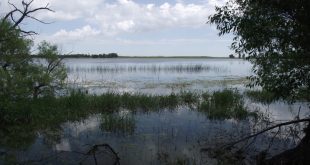The late deer hunting season is over in Nebraska and now it is time for me to unravel a mystery in the woods of the family farm where I hunt.
What in the blazes are those rocks littered about the woodland habitat? I have never seen anything like this scenario.
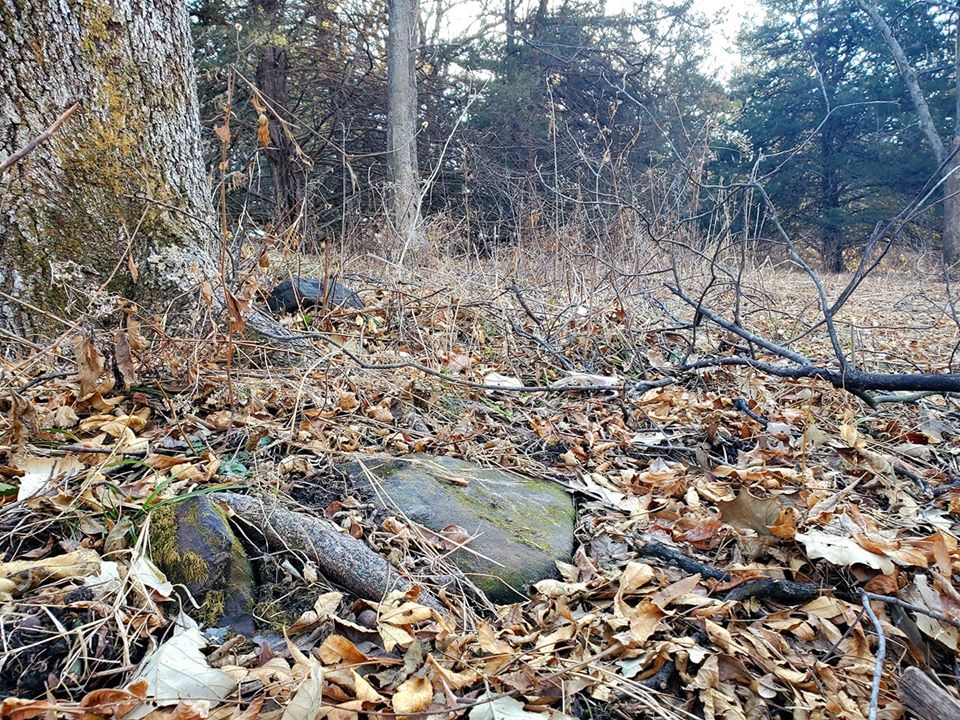
There are many rocks scattered about the lower half of a relatively steep, hilly west/northwest slope in the Schramm Bluffs of Sarpy County near the Platte River in southeast Nebraska. The intermittent, rock-strewn landscape stretches for at least ¼ of a mile.
Interestingly, some of the rocks are a little bit bigger than the palm of your hand while others are nearly as large as a watermelon.
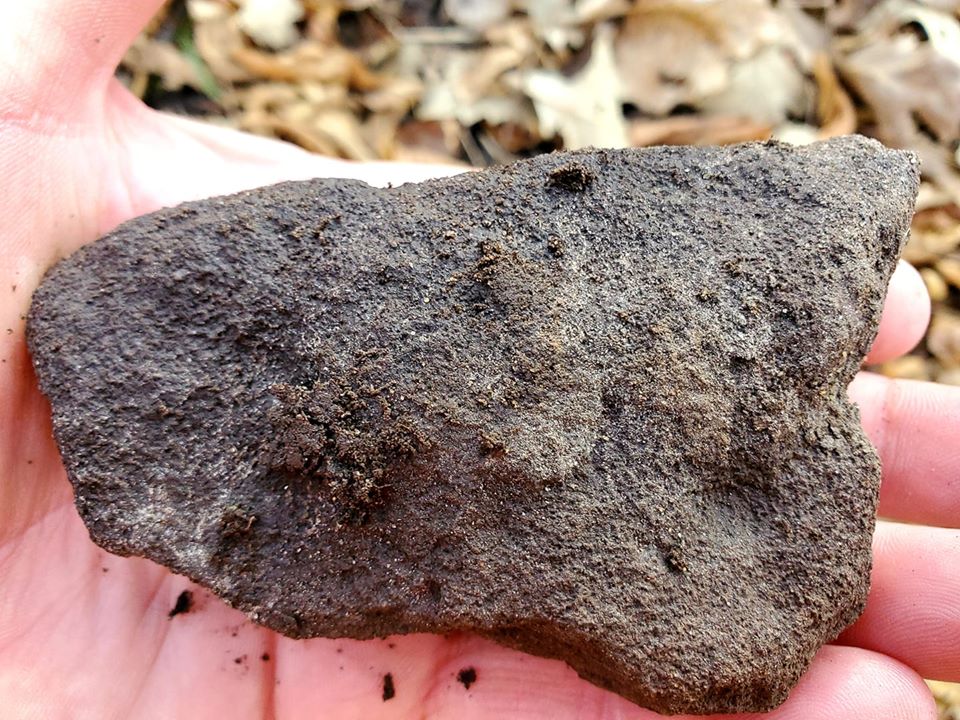
So, what are these rocks? How did they arrive in my deer hunting woods? What is their history?
For answers, I literally went next door to the rock expert I know. That would be Dustin Clayton of the Custom Gems shop next door to us at the Nebraska Game and Parks Commission’s Service Center in Omaha at 84th & Frederick Street in the Frederick Plaza.
You see Dustin is a self-taught petrologist or a rock expert. He is known as a rockhound among rockhounds in the Midwest. I think he is a “ROCK” star, HA! When I showed him one of the rocks I picked up from the woods, he immediately knew what it was. “Dakota Sandstone,” he replied quickly.
Sandstone from the Dakota Formation.
Technically, it’s still the Dakota Group in Nebraska, implying a thicker, more complex vertical succession of strata.
Time to turn to the foremost rock and geology expert in the state for specific information about the Dakota Formation or Dakota Group: Dr. R.M. (Matt) Joeckel, the Nebraska State Geologist, Director of the Conservation and Survey Division and Senior Associate Director of the School of Natural Resources at the University of Nebraska-Lincoln.
Dr. Joeckel was insightful and most helpful with critiquing the blog for accuracy and adding additional details relevant to the Dakota Formation.
So, you’re now wondering “what exactly is the Dakota Formation?”
The Dakota Formation is a widespread, geologic formation composed of clastic sedimentary rocks (sandstones, mudstones, siltstones and shales) deposited in the late-early to Early-late Cretaceous period in the Western Interior Seaway of North America (a large, shallow inland sea) some 145.5-66 million years ago. Cretaceous was the last of the three periods of the Mesozoic era and the longest period of the Phanerozoic Eon.
The image from the U.S. Geological Survey (USGS) below shows the ancient seaways and landmasses.
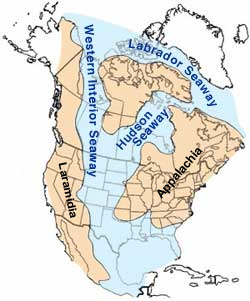
Narrowing it down in geologic terms, the Dakota Formation is the oldest preserved Mesozoic strata in Nebraska; it was deposited during the Albian and Cenomanian stages of the Cretaceous Period, when dinosaurs were present.
Dr. Joeckel published a paper identifying the only dinosaur tracks from Nebraska . . . in the Dakota Formation.
At the end of the Cretaceous Period, approximately 66 million years ago, three-quarters of the plant and animal species on Earth became extinct.
The Dakota Sandstone rocks I discovered are deposits from a system of rivers and estuaries on the eastern side of the Cretaceous Western Interior Seaway.
Dr. Joeckel said: “The gravels in the basal Dakota Formation present in the Platte Valley include far-transported cobbles of exotic rocks that must have come off of the Canadian Shield. So, drainage (the pattern of orientation of streams, has nearly reversed since approximately 100 million years ago: modern, large rivers in Nebraska have a strong westerly component (flow from the Rockies), but Cretaceous ones had a strong easterly to northeasterly component.”
According to Dr. Joeckel, the Dakota Formation has yielded some of the earliest (not THE earliest, though) fossil flowers and fructifications from angiosperms. There are impressions and compressions (the latter actually preserving carbonized plant tissue) of early angiosperm leaves from many places in Nebraska and Kansas, including several localities in the Lincoln area.
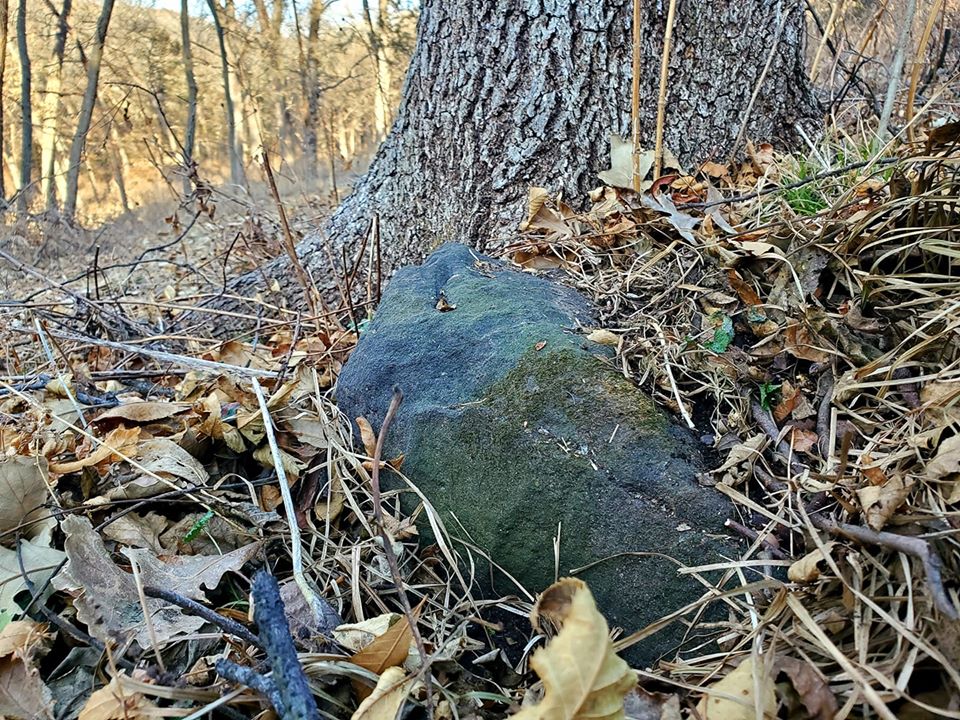
During the Late Cretaceous period, between 66 million to 99 million years ago, three-quarters of Nebraska was covered by the water of this Western Interior Seaway. It covered one-third of the United States. This sea was populated with now-extinct marine reptiles, ammonites (mollusks) and rudists (reef builders), while dinosaurs continued to dominate on land. During this time, new groups of mammals and birds, as well as flowering plants, appeared.
There was a rise at the mouth of the rivers, called a rise in base level, as the seaway formed. This rise lowered the gradient of the rivers causing them to deposit sediment inland because their velocity could no longer sustain high volumes of sediment. The point of deposition slowly moved eastward as the seaway rose. This change is seen by a gradual shift in the composition of different sandstones.
Two famous geologists F.B. Meek and F.V. Hayden first used the term Dakota in 1862 to name the red sandstone exposures along the Missouri River near Dakota City, Nebraska. Much earlier on August 11, 1804, Captain William Clark of the Lewis and Clark expedition in his journal, called attention to what appears to be sandstone of the Dakota Formation in at a locality north of Decatur, Burt County, Nebraska. This is probably the earliest printed account of Dakota rocks adjacent to the type of area.
The Dakota Formation is the geologic unit’s primary name in the Great Plains. Aside from this formal usage, Dakota Sandstone is a common informal name for the unit, especially for the sandstone beds. The Dakota Formation is known for producing large scale, colorful rock formations and preserving dinosaur footprints and early deciduous tree leaves. The sandstones of the Dakota Formation form the Dakota aquifer, an important water source in some areas of the Great Plains.
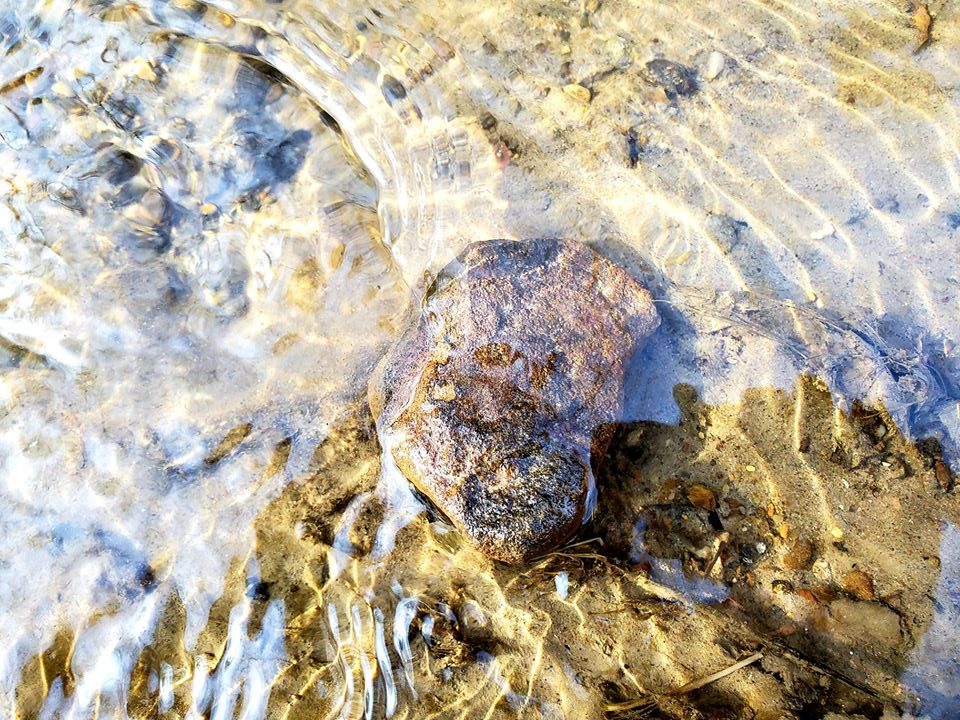
I found much of the key information about the Dakota sandstones that lay in my deer hunting woods and creek area through a publication entitled: Nebraska Rocks Which Excite Common Inquiry. It was written by Dr. Erwin H. Barbour, Professor of Geology and Zoology and Director of the Nebraska State Museum at the University of Nebraska-Lincoln in 1915.
In the publication, Barbour wrote this about sandstone: “Sandstone is very reliably tested by sight and touch. The sand grains are generally quite apparent to the eye and the finger tips. Sandstone is rough to the touch as compared with limestone. Sandstone scratches glass readily, while limestone never does.”
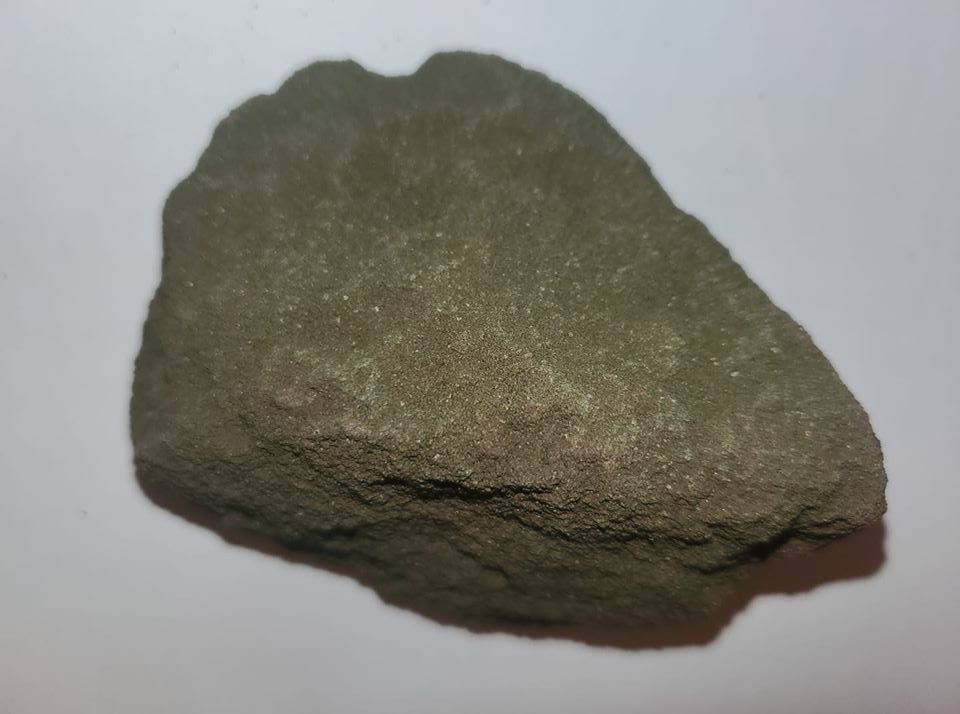
“Sandstone consists of sand grains more or less intimately cemented together by lime, iron, or silica. Our best known sandstone belongs to the Dakota Formation of the Cretaceous age. This is generally course in texture, and has a characteristic rusty brown color, because cemented by iron (iron oxide),” he continued.
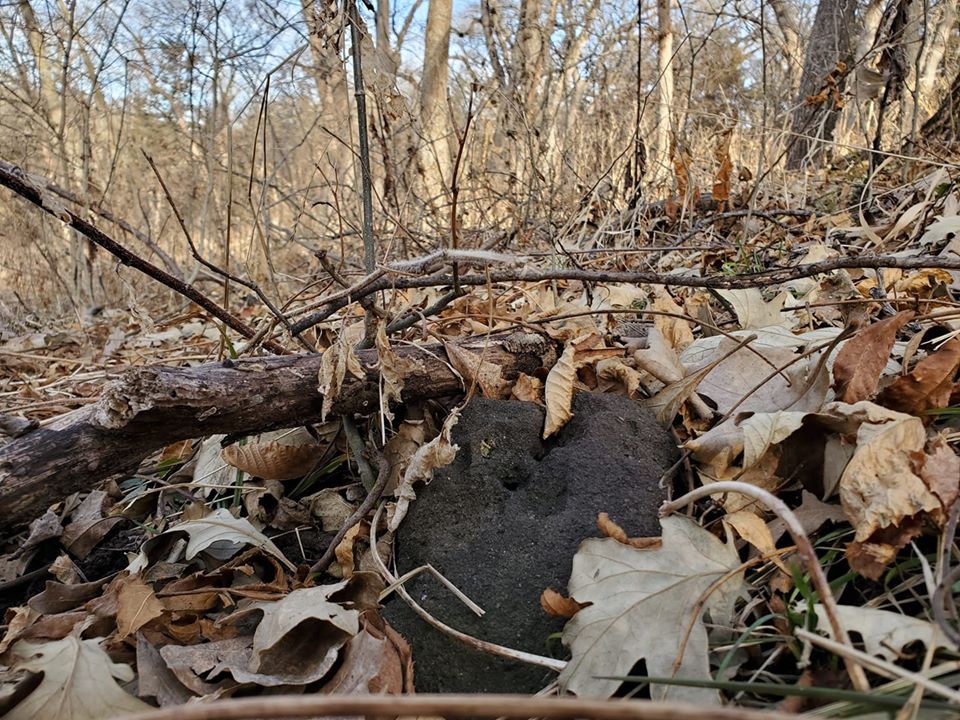
“Coarse sandstones always deliver water more rapidly than fine grained,” pointed out Barbour, “and since the Dakota sandstone is coarse, and extensive in area, it is recognized as the important water-bearing bed of the Great Plains. There is a strip of Dakota running nearly north and south, some two hundred miles across the State, yet it is so completely buried by drift and loess it is only seen in widely separated exposures where streams lay it bare.”
The subsequent image from the University of Nebraska-Lincoln’s School of Natural Resources/Conservation and Survey Division depicts the Cretaceous Period Rock Units of Nebraska.
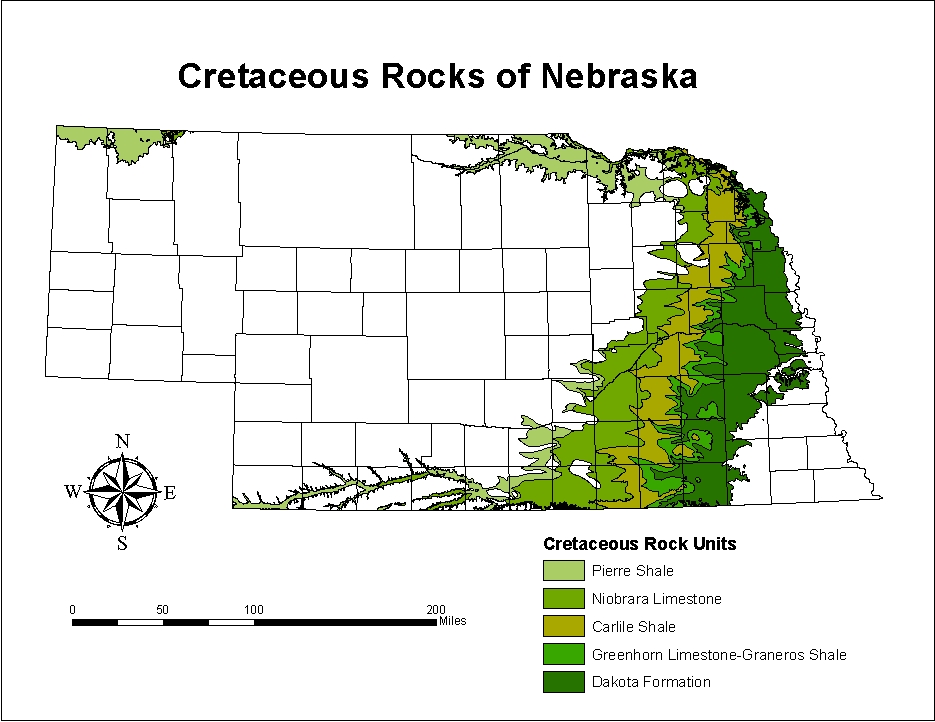
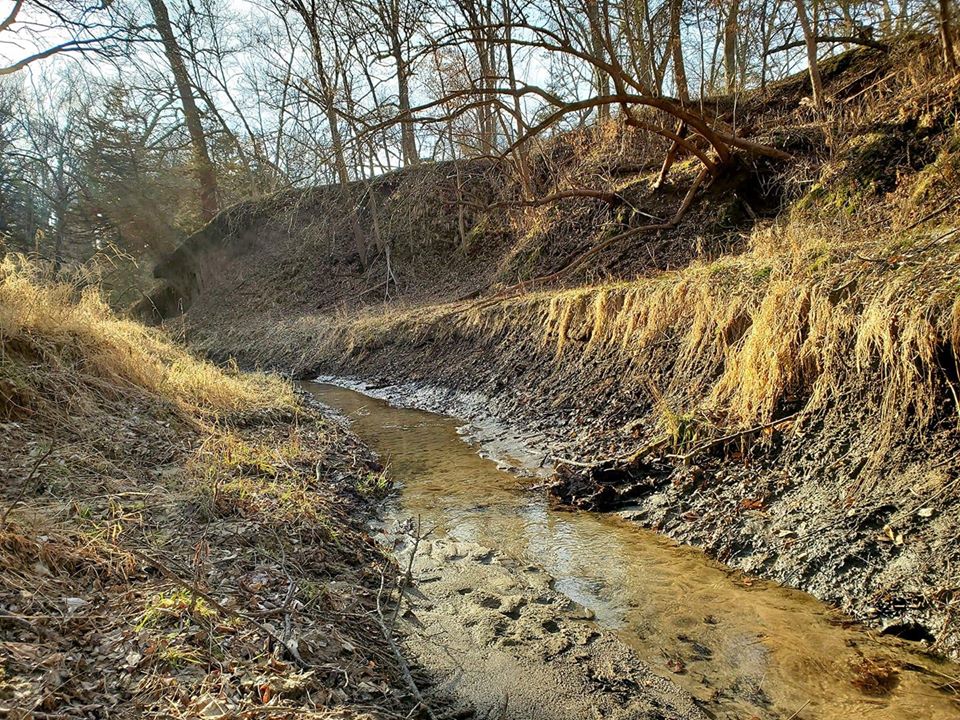
Since prehistoric times, Dakota Sandstone has been utilized by humans in housewares and domestic construction. Resistant to weathering and easy to work, Dakota Sandstone has proven to be a popular building material from ancient times. Settlers used the sturdy Dakota sandstones to form the foundations of their early homes. Archaeological evidence suggests Native American tribes used chunks of Dakota Sandstone to grind their grain. Also, abrading tools were made from local sandstone that smoothed and finished bone, antler and wooden tools.
No longer are the rocks in my deer hunting woods shrouded in mystery. They are story tellers of past climate, life, and major events at Earth’s surface. They may help us better understand the future of our planet. What’s really exciting though about the discovery of these clastic sedimentary rocks is that it has unlocked one of history’s ancient secrets – the saga of the Dakota Formation, a dinosaur-age rock formation beneath my feet in southeastern Nebraska.
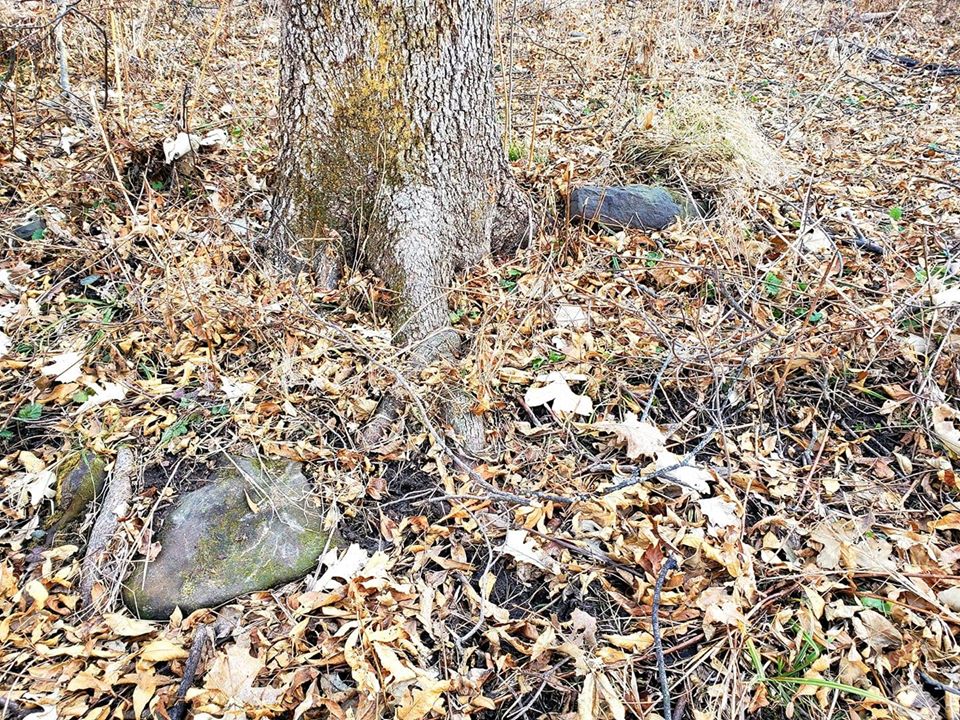
 Nebraskaland Magazine
Nebraskaland Magazine



